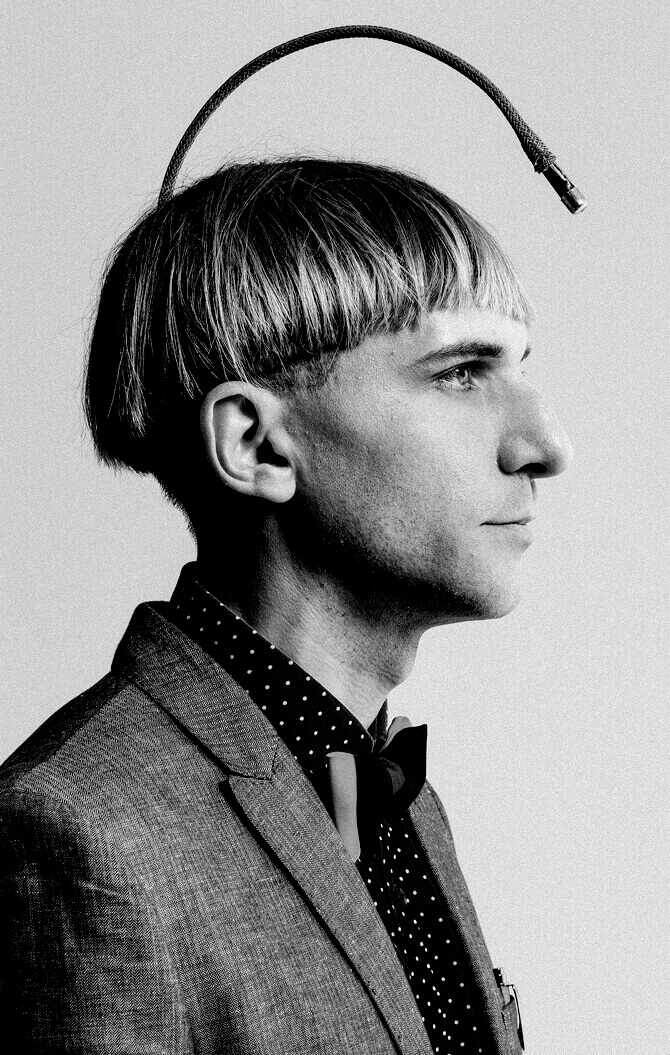Recognized cyborg believes future humans will be able to 3D print themselves in space to travel the universe. Is 3D printed human space travel pure scifi or a possible future?
Neil Harbisson is known as the “world’s first government-recognized cyborg”. He has an antenna attached to his head and believes humans will use 3D printers to transport themselves around the universe.
The avant-garde artist is no stranger to what the world still deems as science fiction. Born color-blind, he found another way of sensing colors. His antenna allows him to sense them beyond the visible light spectrum by giving audible vibrations to his cranium. As soon Harbisson learned to interpret the sounds right, he started experimenting on receiving colors via internet. When he’s sleeping, friends can send images, and he can tells he can absorb them.
“My friends can actually intervene in my dreams,” says Harbisson.
As hokey as it sounds, the British government is convinced of his cyborg-capabilities and have even allowed him to apply for a passport photo of him sporting his antenna. Harbisson doesn’t see this as merely a pet project or a game, but the future. He suggests the underground modifications that occur today will become more acceptable and even mainstream in the future.

The Future of 3D Printing or Science Fiction?
Though he hasn’t hooked himself up to a 3D printer yet (as far as we know), he does believe the technology will play a role in the future. He expects future humans to 3D print versions of themselves on other planets. These version could then use sense-extending attachments, like his own, to travel the universe. The humans on earth would then be able to feel what a person in space feels.
Harbisson, himself, has been training himself to connect to outer space: He regularly hooks up to a live feed of the International Space Station. He hopes, eventually, he will be able to permanently connect and then fully absorb the colors visible in space.
Whether the average Jane or Joe will be able to view space the way Harbisson does, or if the general population really wants to try, it’s an interesting concept. It should come as no surprise that Harbisson is also an avant-garde artist, and his cyborgian lifestyle straddles the line between science and art beautifully.
“Creating senses is an art,” says Harbisson. “It’s cyborg art.”
You can also check out his TedTalk for more about listening to color.
(Via: Inverse)
License: The text of "Can 3D Printed Humans Travel Space? Real Cyborg Says “Yes”" by All3DP is licensed under a Creative Commons Attribution 4.0 International License.